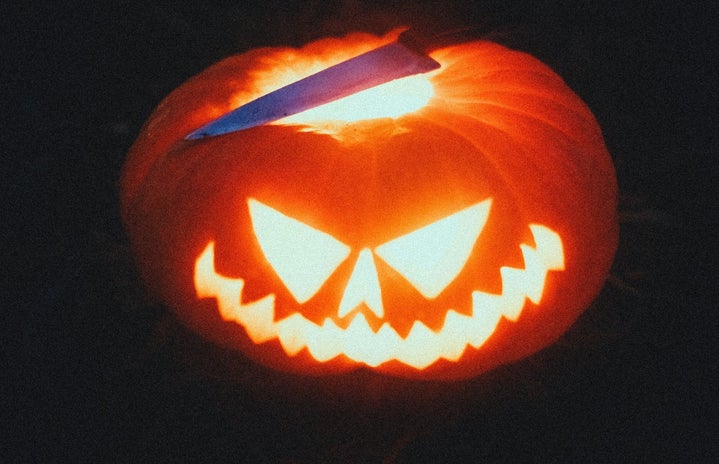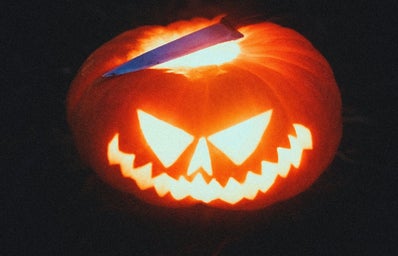As the end of October dawns, we find ourselves moving keenly closer to Halloween—a season involving, telling ghost stories, making mischief, dressing in costumes, and holding autumn parties! But if we look deeper into the roots of this holiday, we might find that most of the activities we excitedly look forward to doing on Halloween used to make people from almost 20 centuries ago jump out of their skins. The ancient Celtic festival that over time transformed to present-day Halloween was majorly popular in Britain, Ireland, and France. It was called Samhain (sow-in). It indicated the end of the harvest season and the beginning of winter; hence, it was believed to be New Year’s Day. It was also believed that during those days the boundaries between the world of the dead and the world of the living were very thin. This allowed the spirits from the other side of the veil to enter the earth and also allowed the spirits into those who had died during the year to pass peacefully into the land of the dead. The Celtic priests called the Druids, communicated with these spirits, thereby gaining insight of what the new year would bring. Civilians at the time used to dress up in costumes to pretend to be someone else in an attempt to deceive the malevolent spirits that had escaped into the land of the living. Gifts of food were set on their doorstops to help the ancestors find their way and also to keep the mischievous fairies satisfied. The festival of Samhain was a terrifying time for the people, and they did their best to protect themselves and their families from demons and bad spirits.
This festival began getting reshaped with the influence of some Roman traditions also celebrated near the end of October. The Romans had conquered the Celtic territories by A.D. 43, which led to the combining of both cultures. The Romans commemorated their dead around the same time as the festival of Samhain. It was called Feralia. Another Roman merger with Halloween was of their goddesses of fruit and trees—Pomona. She was symbolized by an apple, which is how the activity of “bobbing” for apples was incorporated.
The festival of Samhain was truly made extinct and replaced by “Halloween” with the advancing spreading of Christianity across Europe. When the Celts refused to follow the church, and stubbornly held to their pagan beliefs and systems, something had to be done. The church, at the time, was adamant about converting all the Celts to Christianity. Holidays and celebrations are a major part of any culture. Casual followers of any religion stay tied to it through these holidays. Pope Gregory III, in the 700s, took the date of “All Saints Day”—the day of the remembrance of the church’s martyrs—from May 13th, and changed it to November 1st. And, the evening before “All Saints Day” would be “Hallow’s Eve”. In the 10th century, “All Souls Day” began being celebrated, which completed the transformation, since the festival of Samhain was originally 3-day long. This move worked, and the Christian celebration of Hallow’s Eve submerged the traditional practices of the Celts.
The festival of Halloween we love celebrating today is majorly an interlocking of pagan beliefs, Roman influence, and catholic traditions. Along with that, it is the spirit of all of us who want to make merry, and spend a good time with our family and friends that carry the Halloween season on!


